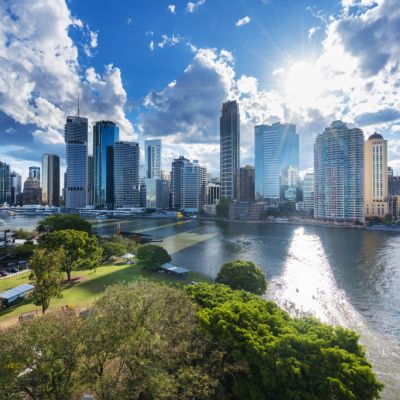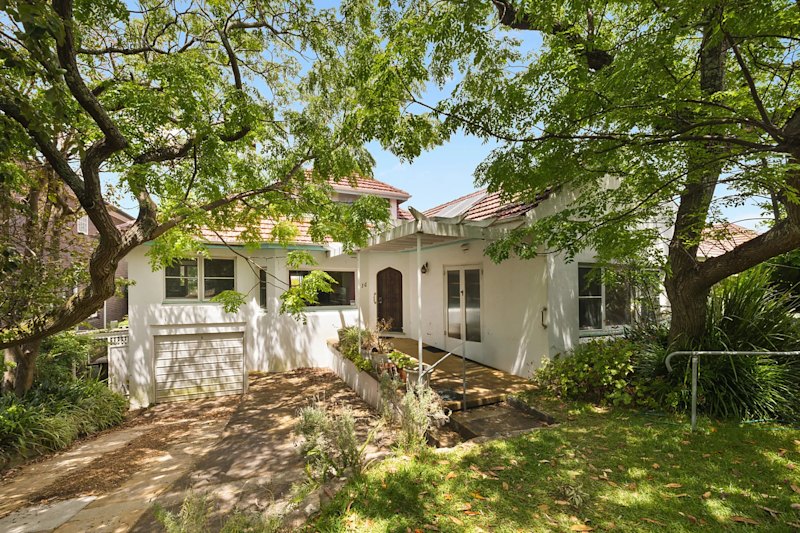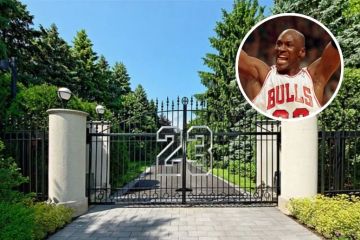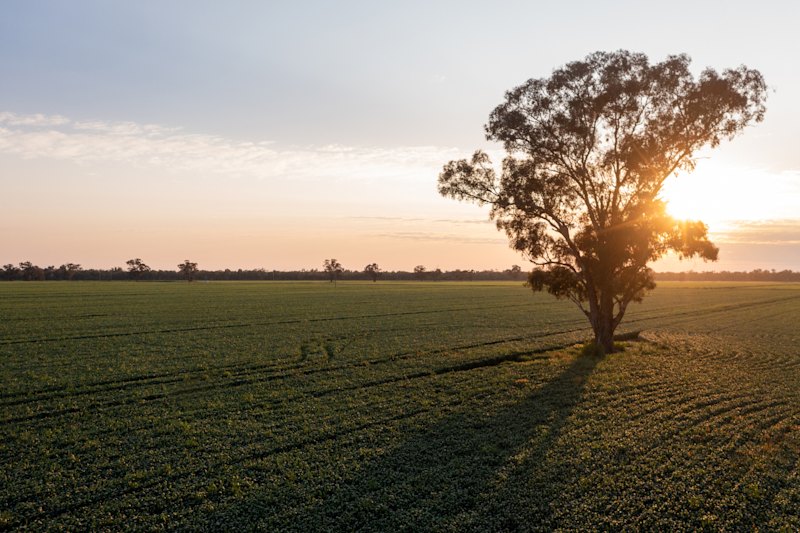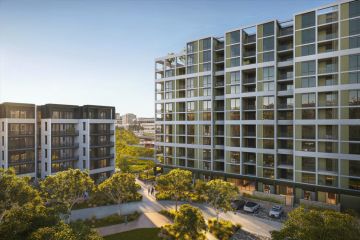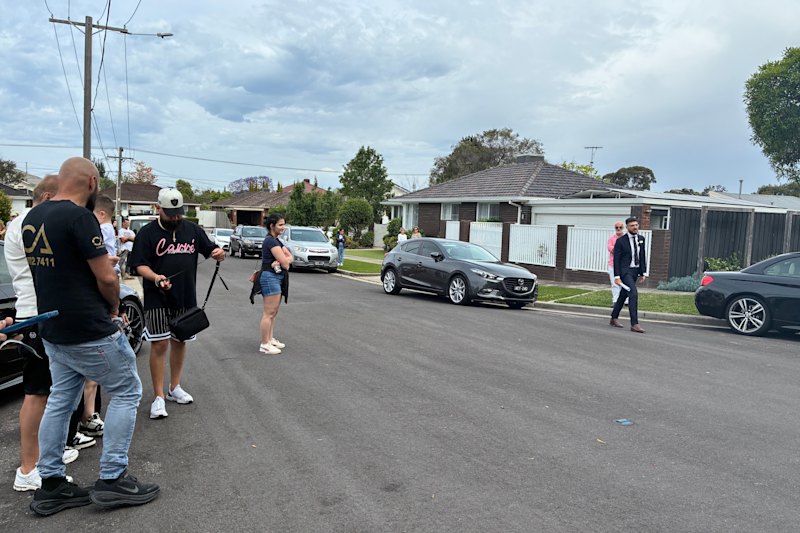'We're open for business': What the rest of Australia makes of Sydney and Melbourne's 'big problem'
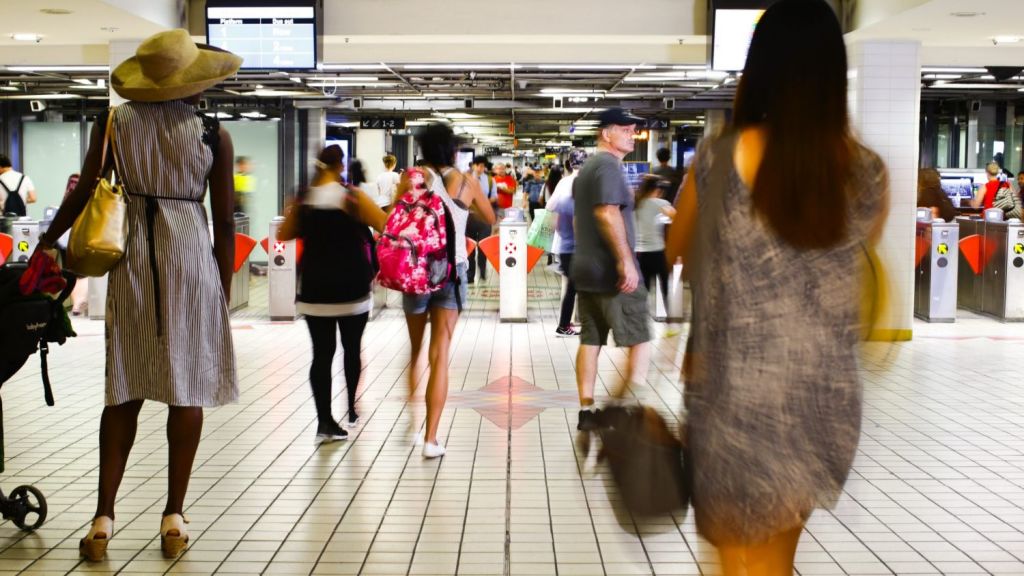
“We’re open for business” is the sales pitch of the forgotten states and territories of Australia that aren’t quite feeling the same population pinch as their more popular counterparts in Sydney and Melbourne.
South Australia, Western Australia, and the Northern Territory might be geographically and politically divided, but their leaders presented a united front after Prime Minister Scott Morrison flagged reducing permanent migration numbers to ease population growth and city congestion.
However, all three leaders indicated they do not face the same population pressures as the eastern seaboard and are willing to see more people migrate westwards.
“We need more people in the Northern Territory. Anything that gets people out of Sydney and Melbourne and into the territory is a good thing,” said Labor Chief Minister for the Northern Territory Michael Gunner.
The NT government recently announced Australians could receive up to $15,000 worth of incentives to move interstate.
“If even a fraction of the 162,000 migrants that come to Australia every year moved to the territory, it would be a major boost to the territory economy and territory jobs,” Mr Gunner said.
“Scott Morrison should honour his government’s own policy to increase the number of migrants moving to regional areas like the NT.”
Of the 262,489 people who moved to Australia in 2016-17, almost 40 per cent moved to NSW alone, and 34 per cent moved to Victoria.
In contrast, West Australia, South Australia and NT combined attracted just 10 per cent of net overseas migration and an even smaller percentage of interstate migration.
But West Australian Labor Premier Mark McGowan was more measured in his reaction, cautiously welcoming a federal policy move that would see migration redirected to regional cities and towns.
“We can’t allow the Commonwealth to provide more migrants to Western Australia without a commensurate increase in funding for things like infrastructure,” said Mr McGowan.
“[The federal government has] got an election coming up shortly and are trying to win votes in Sydney and Melbourne.
“What we want to make sure happens is, in that process, Western Australia’s interests are properly considered … so making sure that we are properly supported with money for infrastructure if there is a change to migration policy is very, very important.”
He anticipated the Perth and Peel regions would double in population to 3.5 million by 2050 and his government needed to cater for that with the “right infrastructure and density”.
South Australia Liberal Premier Steven Marshall said his government was creating conditions to encourage businesses to invest, expand and employ more people.
“South Australia is committed to addressing our low rate of population growth, and migration is crucial to that,” he said.
“Our challenges as a state are very different to those of the east coast capitals, and we are making that case to the federal government.”
Business and real estate welcome population push to regional cities
Australian Chamber of Commerce and Industry chief executive James Pearson said these states and territories were ready to take more people now.
“I’m a Perth boy, and I can tell you that Perth is ready now, Darwin is ready now, and Adelaide is ready now,” Mr Pearson said.
“They’ve got the welcome mat out and the open sign up but the [federal] government has pulled the handbrake on employer skilled migration. That is starving businesses of the skilled people they need to grow and help these regional communities and cities to reach their full potential.
“It’s important that Australia doesn’t put up the ‘we are full’ sign.”
Mr Pearson said governments at state and federal levels needed to invest in regional cities for the long term, making them more attractive places for people to live and work, by building better transport and internet connections.
Suzannah Toop, chief executive of Toop&Toop real estate agency in South Australia, said the biggest drawcard for the state was affordability and lifestyle factors.
“It’s becoming more and more rare to live close to the CBD and hubs of activity and still have the affordability factor at play,” said Ms Toop.
“You can get the best worlds. That lifestyle factor can be achieved without having to drive for two hours to get that sea change. You can still make the commute to the CBD without sitting in traffic for hours.”
We recommend
We thought you might like
States
Capital Cities
Capital Cities - Rentals
Popular Areas
Allhomes
More
- © 2025, CoStar Group Inc.
